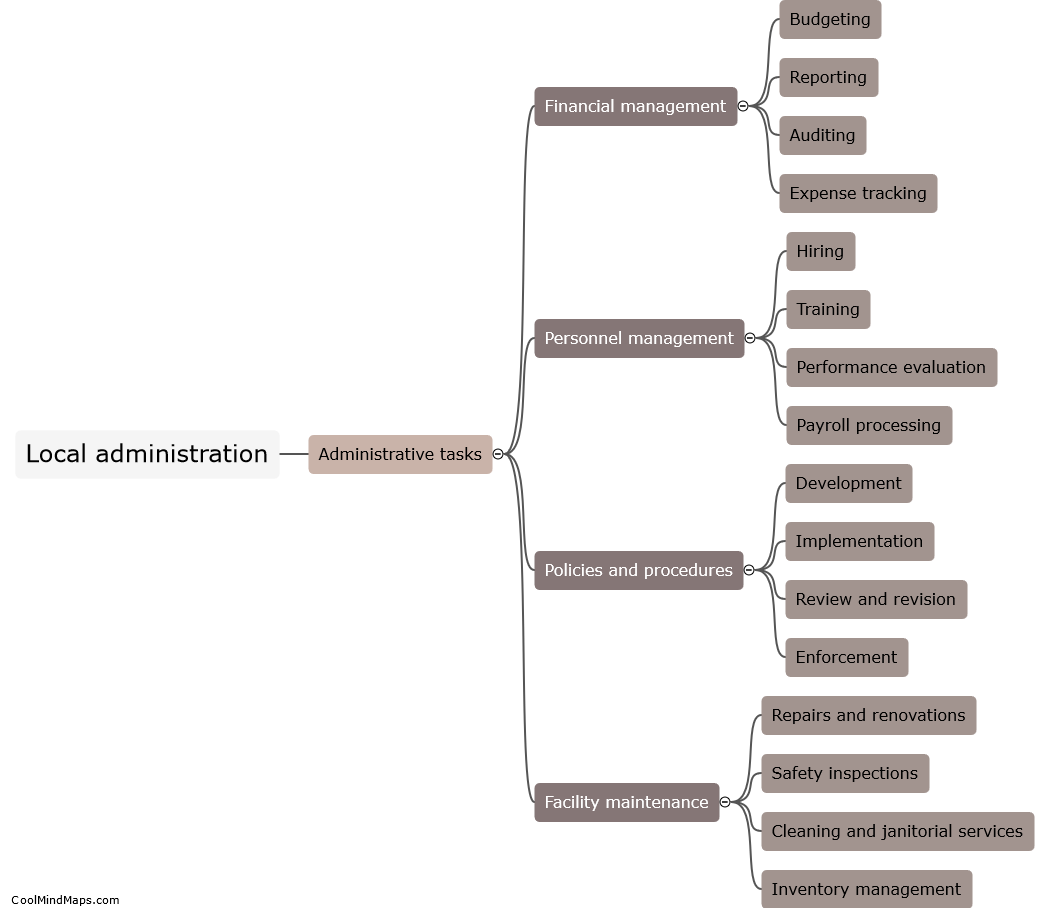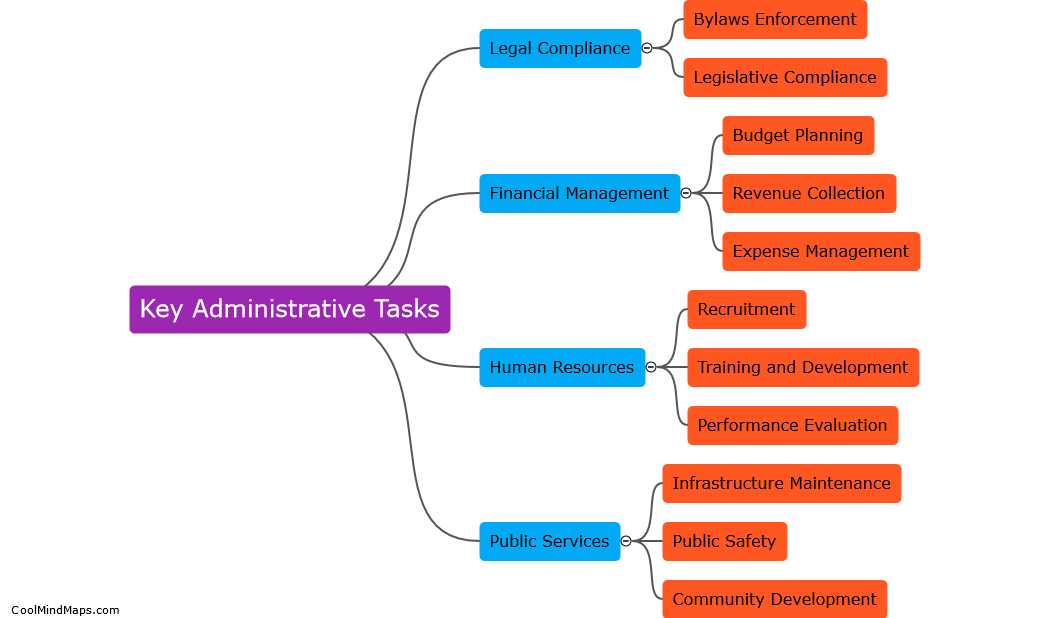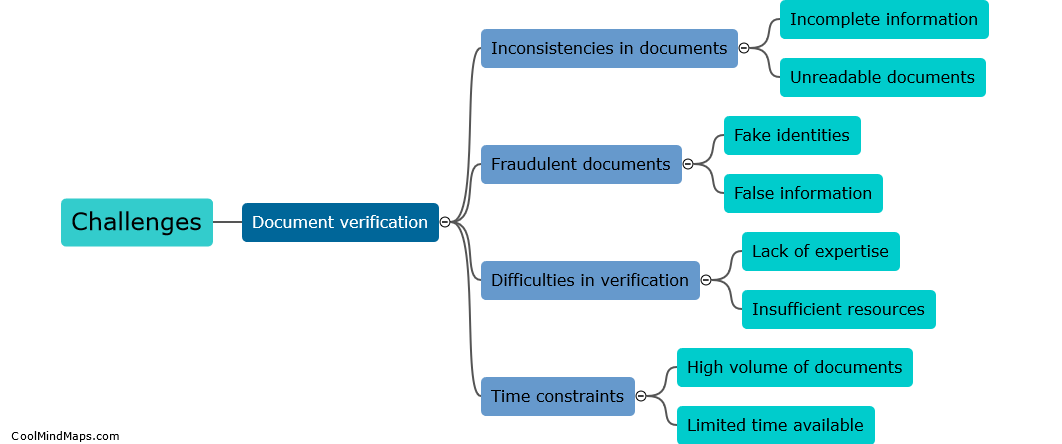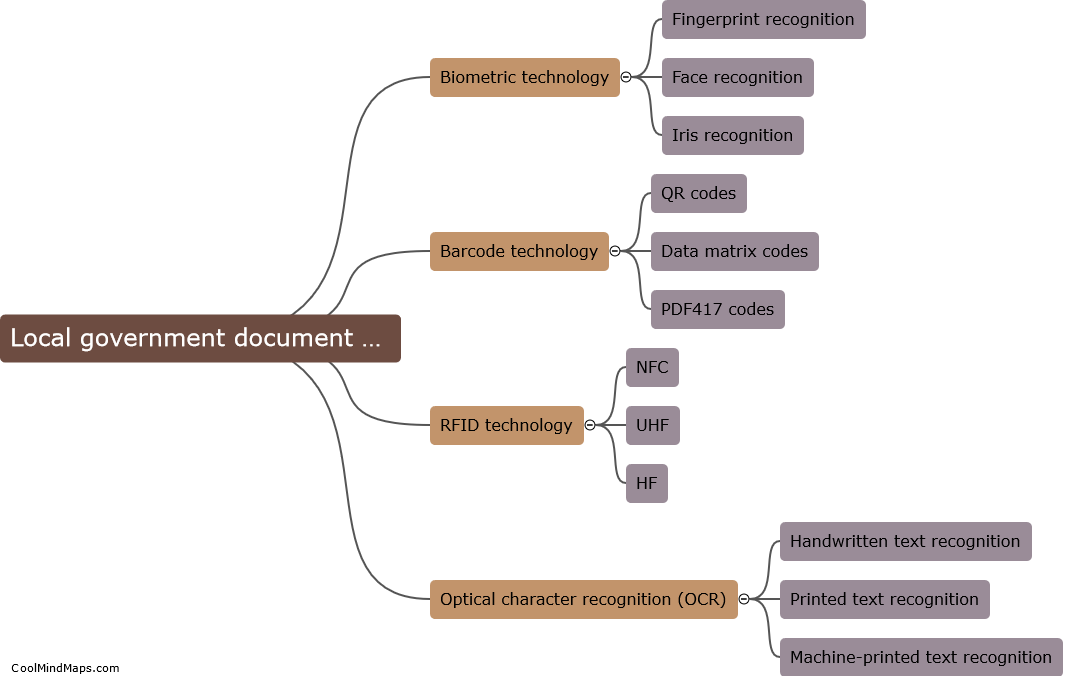What are the key steps in organizing records in local government?
The key steps in organizing records in local government involve the creation, classification, storage, and disposal of records to ensure efficient management and accessibility. Firstly, it is important to establish a records management program, designated staff, and policies that adhere to legal and regulatory requirements. Next, records should be carefully classified and organized based on their content, purpose, and retention periods. This involves developing a file plan or taxonomy that allows for easy retrieval and monitoring of records. Proper storage facilities, whether physical or digital, should be used to protect records from damage or loss. Additionally, regular review and disposal of records should be conducted in accordance with records retention schedules to maintain compliance and optimize storage space. Continuous monitoring and updating of the records management program should be done to adapt to evolving needs and technologies. Overall, a systematic approach to organizing records is essential for local government to efficiently handle and preserve important information.

This mind map was published on 9 November 2023 and has been viewed 84 times.











